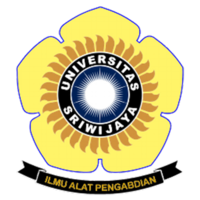Pengelolaan Rawa Perkotaan (Kasus Banjir Di Kota Palembang)
Abstract
The problem examined in this study is the absence of a balance in the use of urban swamps,
which has an impact on the water cycle due to the degradation of the area and land, causing
flooding. The research was carried out by the method of theoretical studies and literature,
aiming to determine the hydrological management of swamps in urban areas. The results
showed that the number of swamps in Palembang continued to decrease along with
reclamation efforts every year. In 2009, a total swamp land area of 5,438 ha, in 2010 the
remaining swamp area was 25% or 1,359 hectares. The large-scale conversion of swamp
land occurs in several areas such as the Jakabaring area and around the Musi II bridge.
Most of Palembang city is swampland with the composition of conservation swamps
reaching 2,106 ha, cultivation of 2,811 ha and reclamation of 917 ha. In addition to land
use change, the causes of flooding for urban areas include; imbalance between overflow
and water storage, lack of recharge areas due to landfilling, canalization does not function
properly due to piles of garbage from the community, lack of retention ponds and siltation
of rivers. The solution that can be done to minimize flooding in the city of Palembang is
the normalization of river flow, pumping development as an effort to reduce the risk of
flooding, law enforcement, empowerment and public awareness.
Full Text:
PDFArticle Metrics
Abstract view : 325 timesPDF - 2397 times
Refbacks
- There are currently no refbacks.
